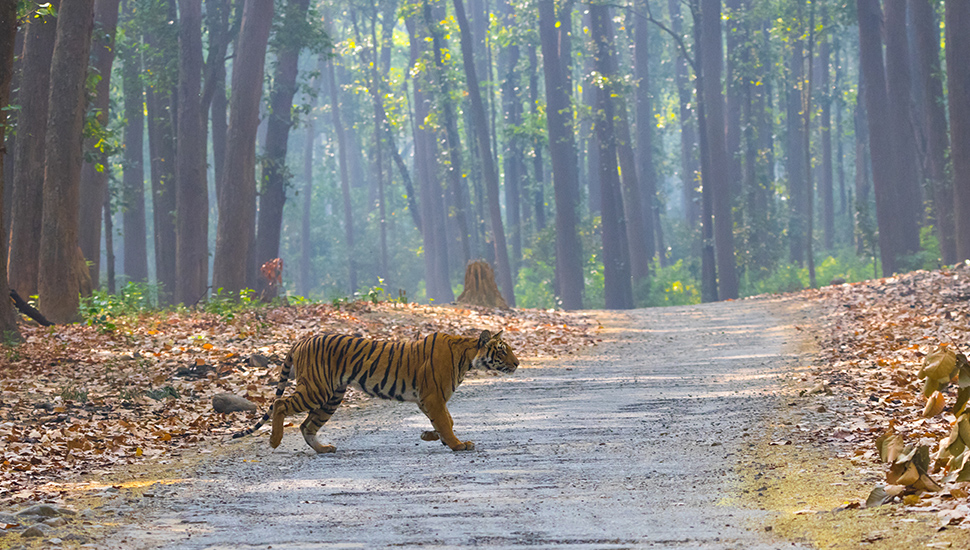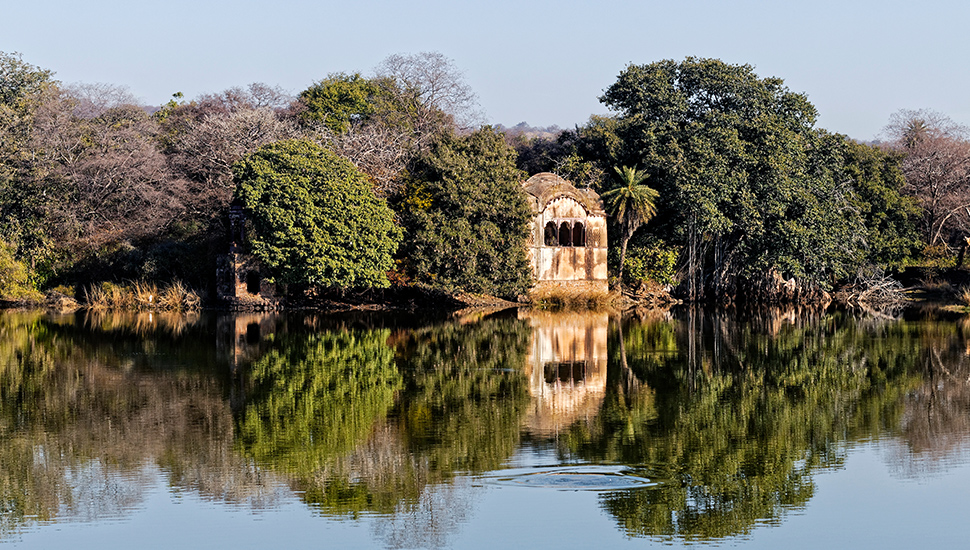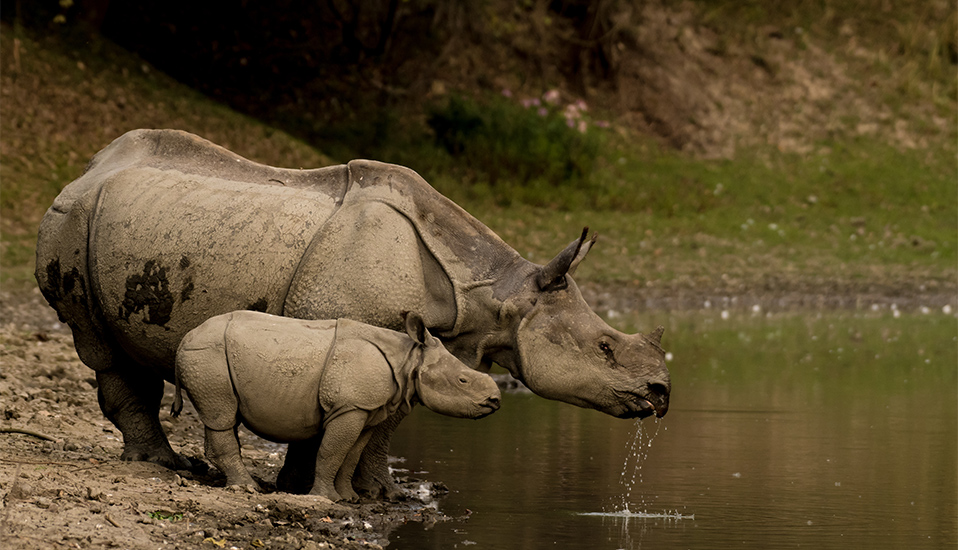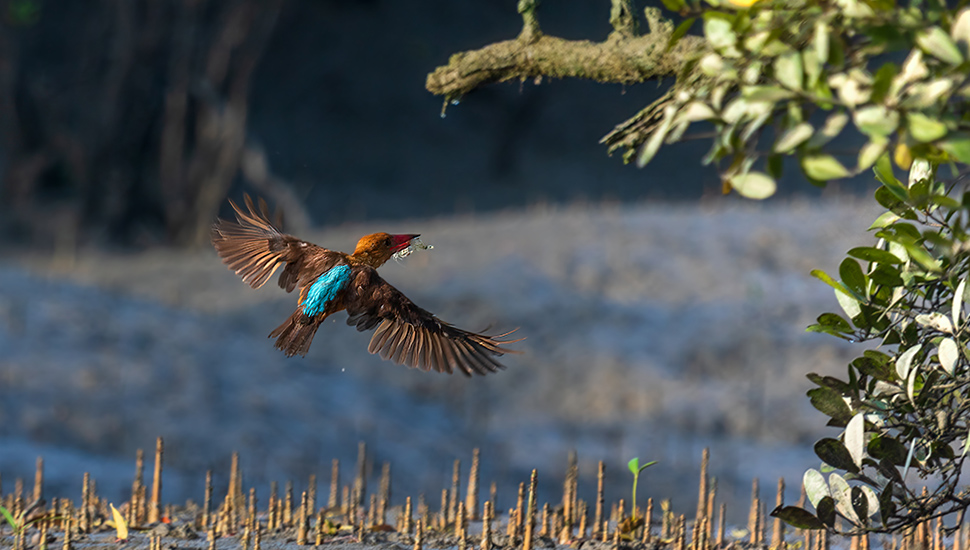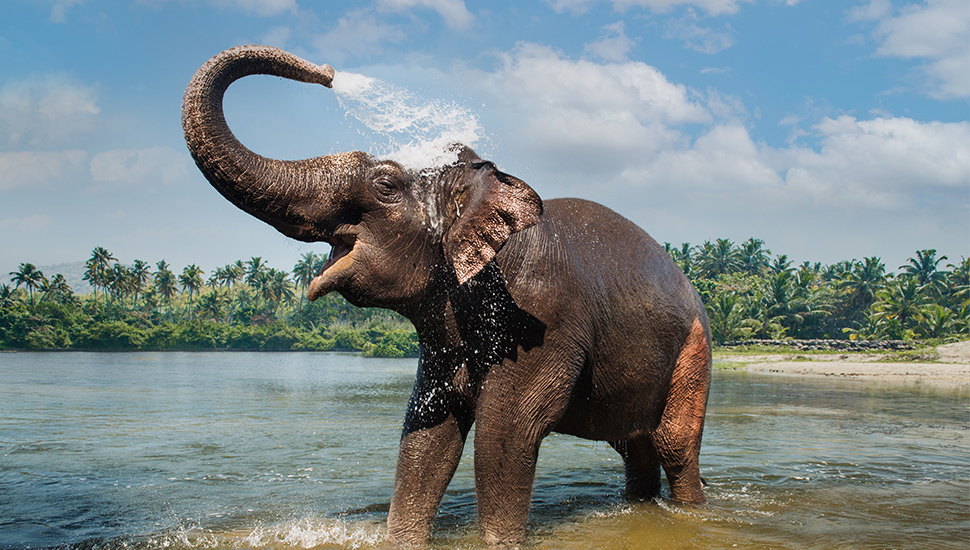5 Incredible Wildlife Sanctuaries in India
With a thriving tourist sector dominated by temples, fortresses, and palaces, the wildlife in India sometimes gets overlooked.
But with 100 national parks and 550 wildlife sanctuaries, India is a paradise for nature lovers.
Imagine glimpsing a Bengal tiger paddling down a tranquil creek, seeing elephants gather by a lake in the morning glow, or witnessing an iridescent kingfisher scoping out its evening meal…
Add leopards, bison, monitor lizards, sloths, and crocodiles, and you have one of the most rewarding natural realms on the planet.
The landscapes, too, are a draw in themselves: explore mangrove swamps, steamy rainforests, and open grasslands on foot, by boat, or even on elephant back.
So, save the Taj Mahal and the Amber Fort for later and consider these five incredible Indian wildlife sanctuaries.
Jim Corbett National Park, Uttarakhand, Northern India
Best Time to Visit: November to June
Famous For: Tigers, elephants, leopards, and a diverse bird population.
Spotting the elusive Bengal tiger – or indeed any tiger – is no easy task. But the stunning Jim Corbett National Park in Uttarakhand, Northern India, presents one of the best chances of doing so.
Somewhat ironically, this is an Indian wildlife sanctuary that thrives on preserving the tiger, yet is named after a man who spent his spare time hunting them. Nevertheless, Corbett is a household name in the state, and he had a passion for the local wildlife (despite trying to shoot a lot of it).
The park is divided into six zones:
- Bijrani Safari Zone: Loved for its bountiful natural beauty and epic grasslands.
- Jhirna Safari Zone: Home to tigers and sloths.
- Dhela Safari Zone: Another biodiverse area offering a good chance of spotting a tiger.
- Dhikala Zone: Considered the most diverse zone in the park, and filled with exotic fauna.
- Durga Devi Zone: An epic area for birdwatchers.
- Sitabani Buffer Zone: While not in the Corbett Tiger Reserve area, Sitabani still boasts incredible natural beauty.
Corbett National Park tickets
Entering Corbett is not cheap: tickets for each of the six zones cost £60 per person (6,680 rupees). However, jeep safaris are available for around 8,500 rupees (£77) per person (six people per jeep), which includes the entry permit – and gives you a good chance of seeing a tiger or two. Given Corbett is home to some of the most diverse wildlife in India, this is a steal.
Note that Jhirna and Dhela zones can be visited year-round, while the rest can only be accessed from October or November until June.
More information: https://www.corbettnationalpark.in/
Ranthambore National Park, Rajasthan
Best Time to Visit: October to June
Famous For: Bengal tigers, leopards, sloth bears, and crocodiles.
Another jewel in the crown of Rajasthan, Ranthambore National Park is your best bet for seeing tigers in the state. Unfortunately, there are only around 80 tigers left, although this is an improvement from a decade ago.
Clearly, trying to police this 392 km² park is not easy, and poachers still get in.
Despite the tiger's sad plight, this popular Indian wildlife sanctuary is an incredible place to visit, not least because at its heart lies the magical 10th Century Ranthambore Fort – one of six UNESCO-listed forts in Rajasthan. You'll also find old hunting pavilions, temples, and mosques dotted around its mighty walls.
The park is also home to sambar deer, sloth bears, leopards, and marsh crocodiles. Summer is an especially good time to visit since this is when the animals gather around the park’s watering holes.
As with Jim Corbett National Park, the best way to get around is on a jeep safari, which costs about £36 (4,000 rupees) per person in a six-person jeep.
More information: https://www.ranthamborenationalpark.com/
Kaziranga National Park, Assam
Best Time to Visit: November to April
Famous For: One-horned rhinoceroses, elephants, wild water buffalo, and swamp deer.
Love rhinos? Then Kaziranga is a must-visit. Nestled in the steamy Assam jungle, it’s home to well over 2,000 of these horned beasts, meaning a sighting is guaranteed.
But this UNESCO World Heritage Site is also home to an abundance of other exotic creatures, including elephants, wild water buffalo, and swamp deer.
And the park’s diverse habitat is an attraction in itself: rise early and witness the sun cast its red-orange hues over the hazy tropical forests and lush green floodplains, as the birds begin their dawn chorus. Indeed, birdwatchers can expect a rewarding experience here too, with the park having been recognised as an Important Bird Area by Birdlife International.
Compared to other Indian wildlife sanctuaries, Kaziranga has enjoyed a great deal of success in terms of fostering large populations of endangered animals. It’s arguably done more for India’s wildlife than any other sanctuary.
As with the other parks on this list, exploring Kaziranga is best done in a safari jeep, costing £64 (7,100 rupees) per person, with a maximum of five people per vehicle.
It’s also possible to explore the park on elephant back (3,500 rupees per person for foreigners), although this may raise some ethical concerns for some Western tourists. Elephant treks for foreigners and "VIPs" are only offered in the Kohora Safari Zone (for some reason, treks for Indian nationals only take place in the Bagori Safari Zone).
More information: https://www.kaziranga-national-park.com/
Sundarbans National Park, West Bengal (near Kolkata)
Best Time to Visit: October to March
Famous For: Royal Bengal tigers, saltwater crocodiles, and unique mangrove ecosystems.
Imagine witnessing a Royal Bengal tiger swimming in a placid delta channel, edged by lush green jungle; or a saltwater crocodile lurking in the mud; or an iridescent kingfisher perched on a branch, seeking out its next meal…
It’s all possible in West Bengal's Sundarbans National Park, presenting some of the most diverse wildlife in India. This vast 2,585 sq km tract of dense mangrove forest is where the Ganges, Brahmaputra, and Meghna rivers converge.
Unlike other Indian wildlife sanctuaries on this list, the only real way of exploring the labyrinthine creeks is by boat. It’s truly an otherworldly experience, where the atmospheric mangroves are just as astonishing as the wildlife.
Many tours can be booked out of Kolkata (formerly Calcutta). A two-day adventure can cost as little as £50.
More information: https://www.sunderbannationalpark.in/
Periyar Wildlife Sanctuary, Kerala
Best Time to Visit: November to April
Famous For: Elephants, tigers, bison, and diverse birdlife.
Home to about 2,000 elephants and innumerable sambar, bison, wild boar, and langur, it’s no wonder Kerala's stunning Periyar Wildlife Sanctuary is South India's most popular nature reserve. You can also glimpse Indian wild dogs, mouse deer, and monitor lizards.
The park is also home to around 40 tigers - the super stars of India’s wildlife scene - although these will prove far more elusive than the creatures listed above.
Set amidst 777 sq km of verdant Western Ghats countryside, the park features an artificial lake (created by the British in 1895 by damming the Periyar River), around which much of the local wildlife drinks – while keeping an eye out for lurking crocodiles.
November to April is the best time to visit, since the wildlife is more visible and temperatures are less extreme.
You can explore the reserve in various ways, including nature walks, bamboo rafting excursions, and overnight camping treks.
More information: https://www.periyartigerreserve.org/
Get a Quote